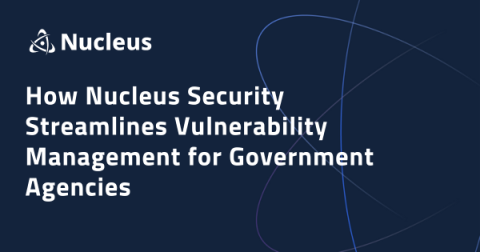Cross-Mapping and GRC Compliance
As businesses grow, they encounter more regulatory requirements — and soon enough, those requirements can feel like a straitjacket of overlapping obligations. The way to wriggle free from that straitjacket is to develop strong governance, risk, and compliance (GRC) capabilities. One important GRC capability is control mapping: mapping various regulatory requirements to specific controls your business does (or does not yet) have, so that you can see where you need to introduce new controls.






